No products in the cart.
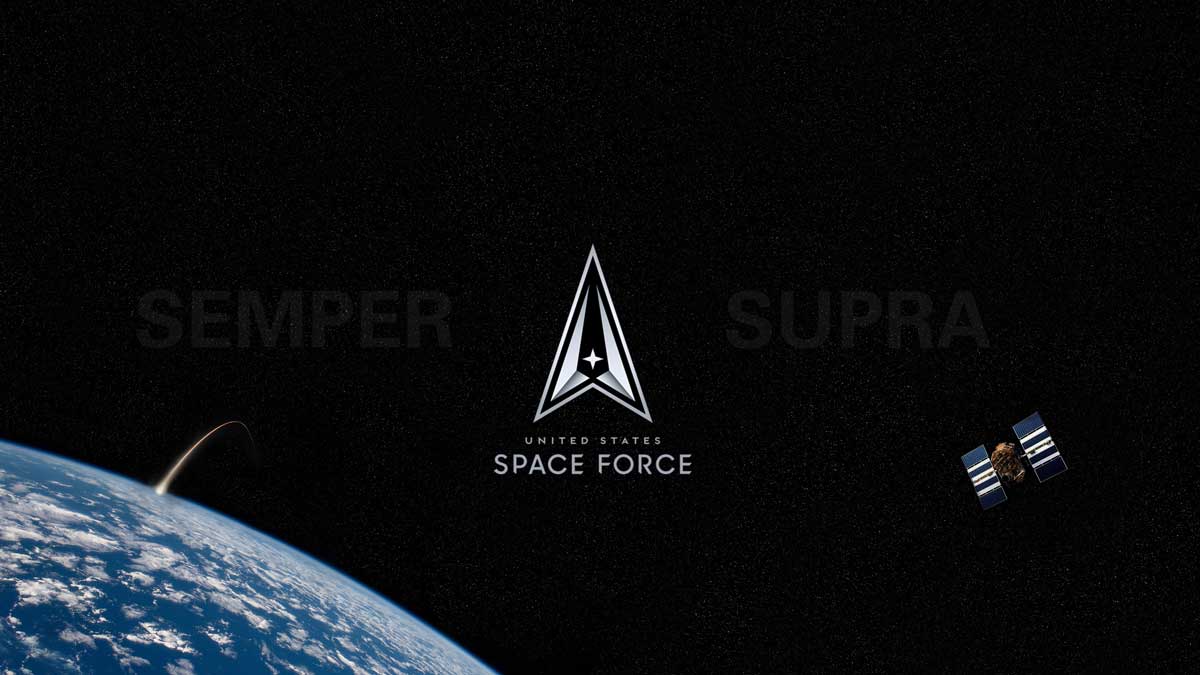
Before the Space Force ever existed, in the 1930s, families often spent their evenings gathered around a crackling radio, their eager faces illuminated by the warm glow of vacuum tubes. The air was charged with anticipation as they tuned in to the thrilling adventures of Buck Rogers, a futuristic hero navigating the cosmos.
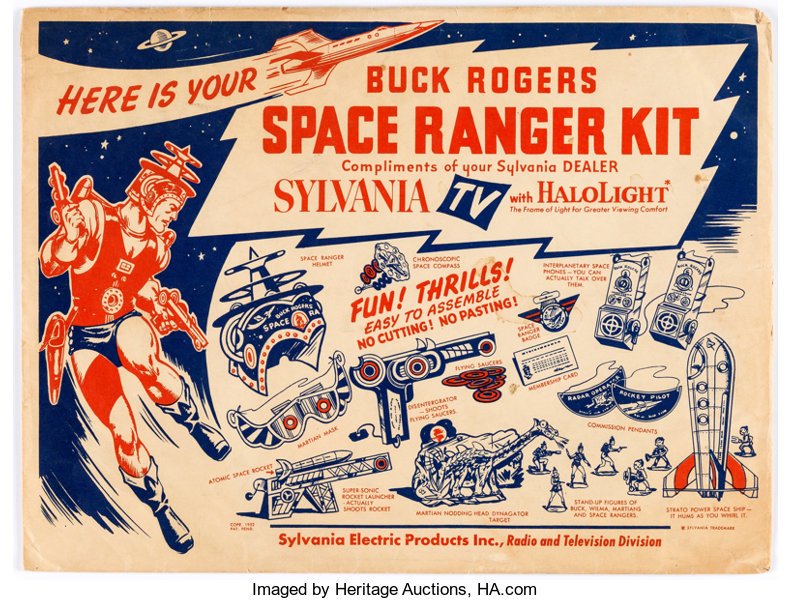
As the mesmerizing voice of the announcer described space battles and daring escapes with vivid detail, children were transported to far-off galaxies, their imaginations ignited by the tales of interstellar heroism. In those magical moments, the Buck Rogers radio broadcasts didn’t just entertain. They ignited a flame of curiosity and dreams of exploring the unknown that burned in the hearts of children of an entire generation.
The story of Buck Rogers inspired a comic strip that was syndicated for nearly forty years, a comic book, a radio show, and, most recently, a graphic novel series. Along with the writings of Jules Verne and H. G. Wells, it gave birth to a whole new genre, where the adventure didn’t take place in the Wild West or the High Seas but in the final frontier of space. Hundreds of galactic adventures followed, including the Star Trek and Star Wars franchises.
It also inspired millions to pursue careers in aviation (Buck Rogers had been a WWI Airman before his adventures) and as space professionals. Today, becoming a space professional is easier than ever since the Department of Defense formed a sixth branch: the United States Space Force (USSF), which celebrates its birthday on December 20. To celebrate, we’ve brought you eleven fascinating facts about the US military’s newest branch.
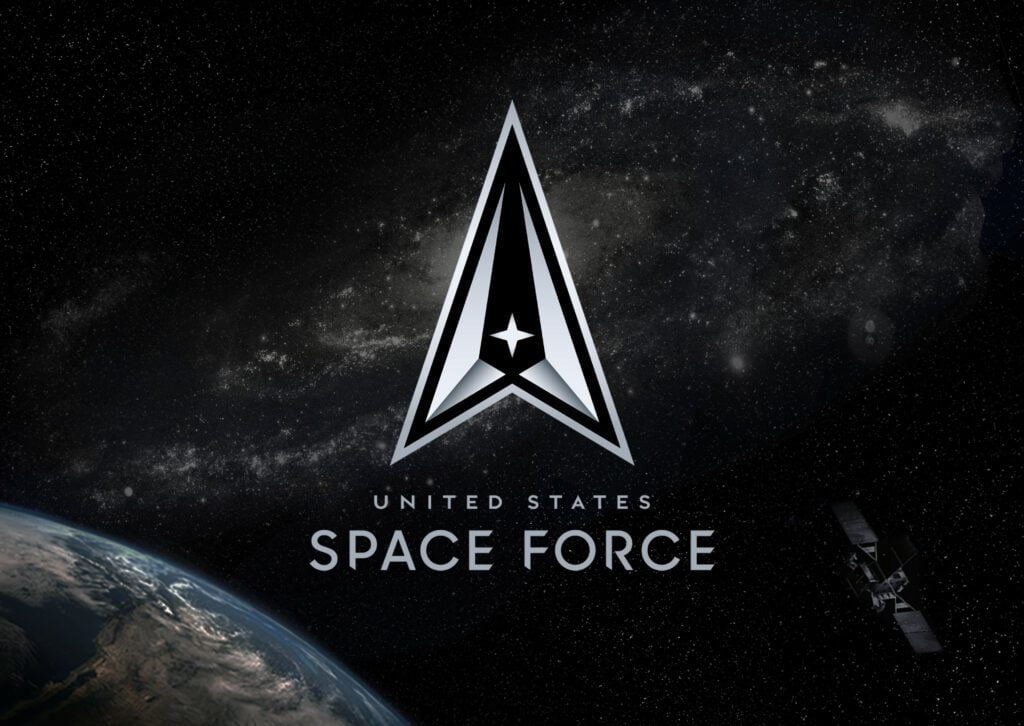
The United States Space Force was founded on December 20, 2019, becoming the sixth branch of the United States Armed Forces. The military’s space professionals have been functioning as the Air Force Space Command since 1982. Just as the US Marine Corps operates under the Department of the Navy, the US Space Force operates under the Department of the Air Force.
We display the Space Force flag before the Coast Guard’s, making it fifth in the order of precedence after the Army, Marines, Navy, and Air Force. Why was the sixth military branch able to jump ahead in the line? The answer lies in the Coast Guard’s origins under the Treasury Department. Today, the USCG operates under Homeland Security except during times of war. Learn more about the order of precedence.
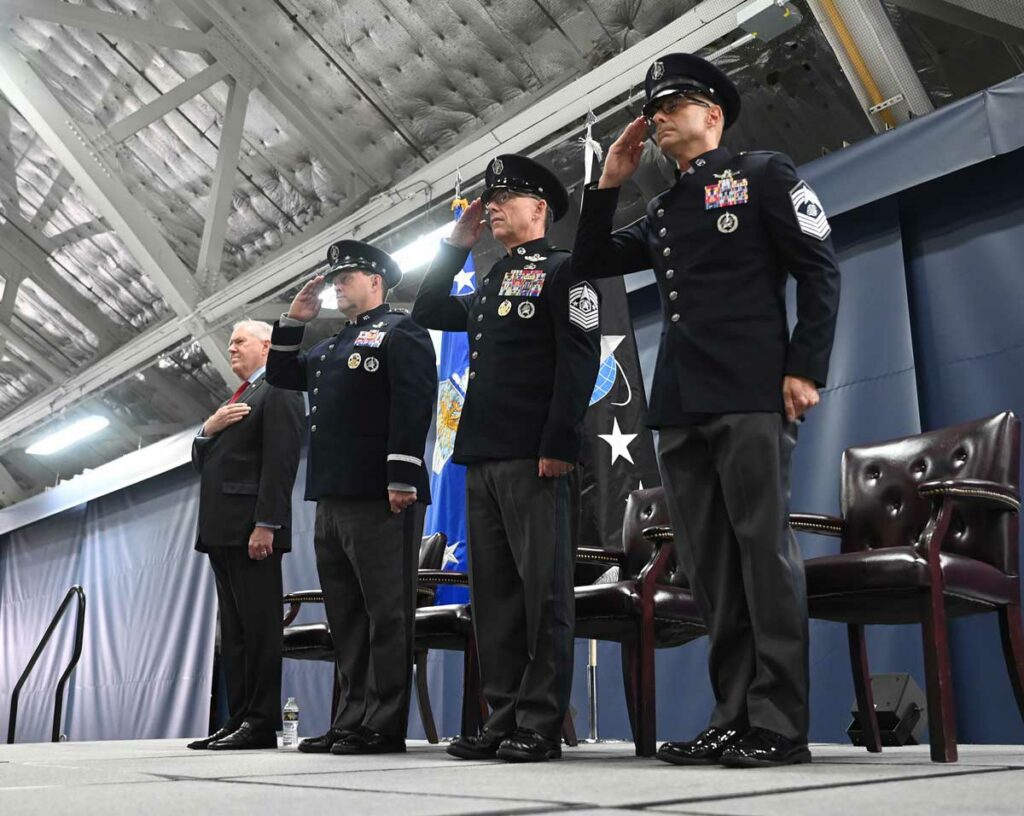
The United States Space Force’s mission is to “secure our Nation’s interests in, from and to space.” The branch also provides space support to the rest of the military and guards against incoming missiles and space debris. If you’re wondering why that warrants a whole branch in our Defense Department, consider how much we rely on satellites for communications, media, and GPS.
The US Space Force had its genesis when the Soviets launched Sputnik during the height of the Cold War in 1957. Thousands of Americans panicked as they watched the satellite traverse the night sky, terrified of some war scenario out of a science fiction novel. The event sparked a flurry of government action. As a result, NASA (National Aeronautics and Space Administration) opened its doors a year later Initially, NASA recruited all astronauts from the military. To date, a whopping 61% of astronauts have been military personnel, most of whom were either Airmen or Naval Aviators.
The Army has soldiers, the Navy has sailors, and the Air Force has airmen. Those who serve in the Space Force are called guardians. Currently, the USSF has about 14,000 guardians — to put that into context, the USAF has 1,328,000 airmen. Many Guardians are civilians who work for the Space Force.
The Air Force has been the top source for recruitment. In fact, on September 15, 2020, the Space Force held a mass virtual swearing-in ceremony. According to Gen. John W. “Jay” Raymond, chief of space operations, hundreds of “Space Professionals” worldwide transferred from the Air Force to the infant Space Force. These included personnel stationed in 12 locations in the United States, Greenland, Japan, and Southwest Asia. Raymond led the ceremonial swearing-in from the Pentagon. Overall, 2400 Airmen made the transition that month.
The prize for the most exciting location for a Space Force swearing-in ceremony goes to Mike Hopkins, Air Force officer and NASA astronaut. Hopkins transferred from the US Air Force while orbiting the Earth on the International Space Station, making him the first Space Force Guardian stationed in space. The swearing-in took place on the USSF’s first anniversary.
Guardians are wear-testing their new uniform, which features a unique midnight blue jacket with six silver buttons fastened on the right side. A platinum shirt, a midnight blue tie, gray trousers, and black shoes comprise the rest of the uniform. Testers have commended the designers for delivering a uniform that is both distinctive and comfortable.
The Space Force song comes from their motto, “Semper Supra” (Always Above). The lyrics are:
We're the mighty watchful eye,
Guardians beyond the blue.
The invisible front line,
Warfighters brave and true.
Boldly reaching into space,
There's no limit to our sky.
Standing guard both night and day,
We're the Space Force from on high!

The Space Force emblem is a Delta symbol that was initially used in 1961. The design has a silver outline and is set on a black background, symbolizing the mission to defend from all threats originating from the dark vastness of space. The outline contains four beveled triangles representing the military branches supported by the Space Forces’ efforts. Two are lengthened into a pair of spires, evoking rockets launching into space. Finally, a central star serves as a reminder of the agency’s core values guiding its mission.
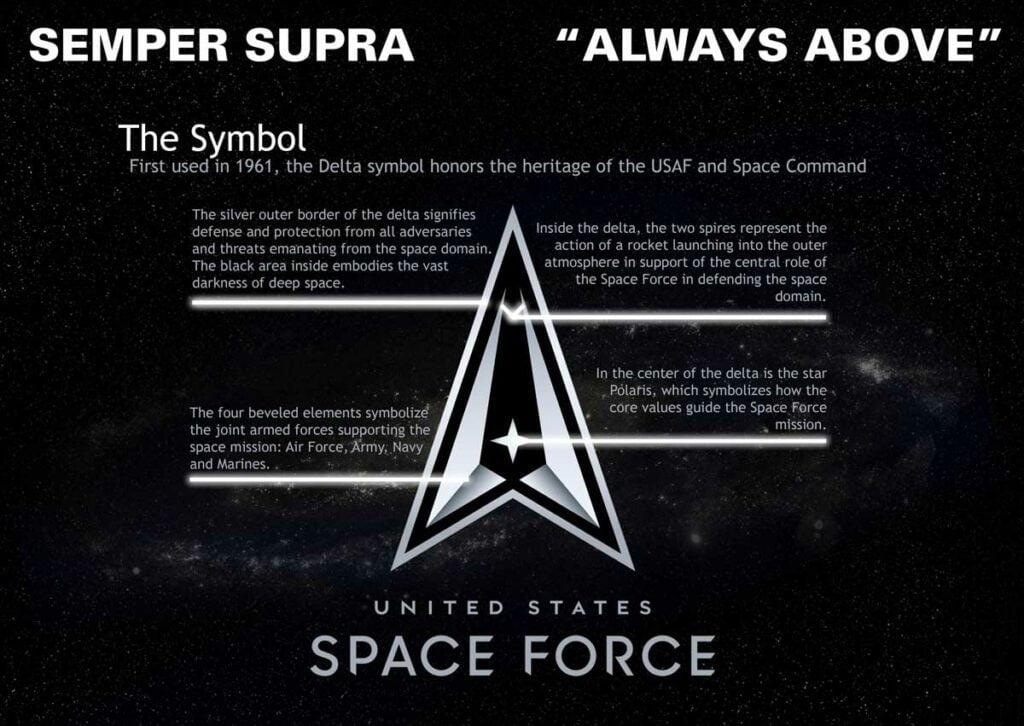
Wondering if the Space Force has a flag? Yes. Military forces have used flags since the Middle Ages or earlier, and the US Department of Defense has extensive protocols around flag displays, including the Color Guard. So, of course, Space Force officials prioritized designing a new flag, which they revealed at the White House in May 2020. The design features elements from the Space Force logo arranged on a black field. The four triangles merge into a beveled component reminiscent of the Star Trek delta. It is superimposed over a stylized globe, while the star has moved into the dark sky above and to the left. The line of defense has become a satellite with a comet-like tail orbiting the globe and delta.
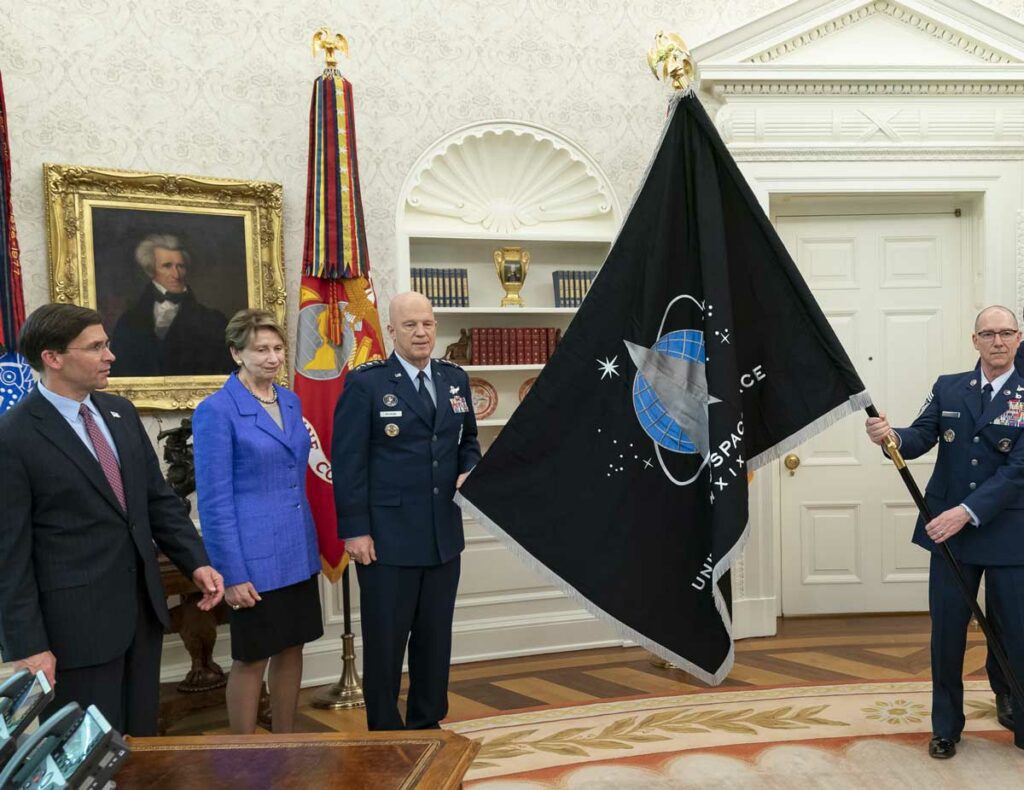
The Space Force began quietly, without much fanfare from the general public. Founded a mere days before Christmas, most of its development happened during the pandemic years. Few recognize its song, its logo, or its flag. At this point, there are few Space Force veterans to sing its praises.
As a result, it’s been easy to overlook the Space Force. But don’t be deceived. The Space Force is one of the most incredible military forces around. Help spread the news by displaying the United States Space Force flag. If you’re a space science fiction fan, there’s no reason not to. After all, the future of intergalactic exploration is in the hands of NASA and the USSA.